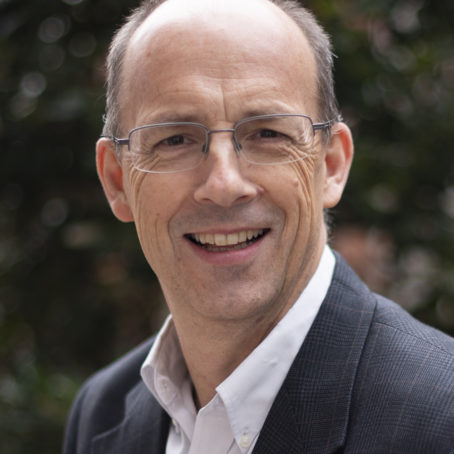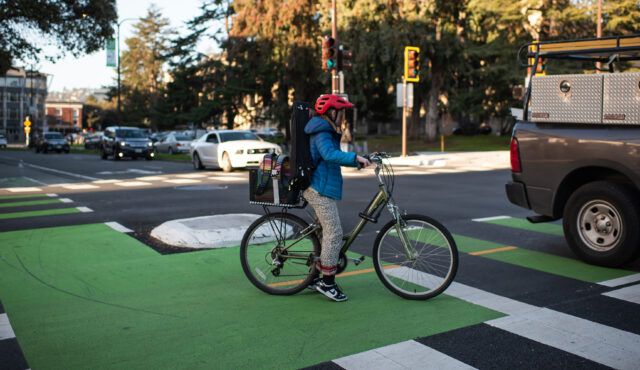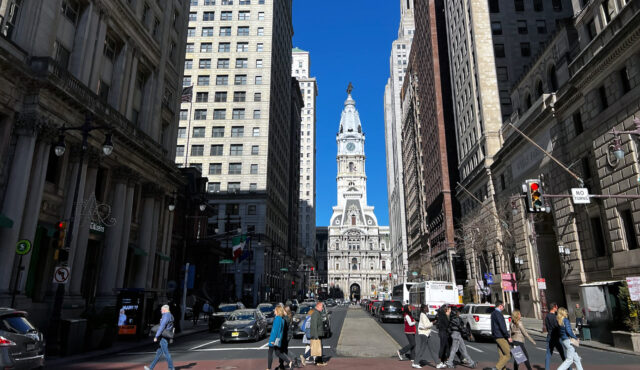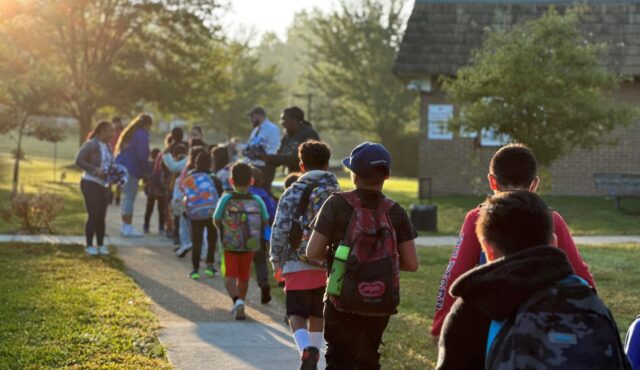A new round of Safer Streets and Roads for All funding is generating a fresh burst of enthusiasm among local agencies and a renewed commitment to eliminate the scourge of traffic deaths from our communities. However, it also comes at a time when some people are questioning whether Vision Zero is really working or not — after all, the fatality and serious injury numbers are not good, especially for people outside cars.
Transportation Alternatives recently published a thoughtful retrospective and helpful “lessons learned” from their decade of experience with Vision Zero. New York City was the first City to adopt the initiative in the United States, and we are at that point when the early adopters — like San Francisco, Washington, DC, and Boston — are reaching their initial target dates for eliminating fatal and serious crashes. We aren’t there yet, not by a long shot.
There is good news: A few celebrated communities in the United States are at zero. New Jersey neighbors Hoboken and Jersey City share the distinction. And Alexandria, VA, recently joined their ranks.
And internationally, Vision Zero and the Safe System Approach are most definitely working. The International Transport Forum recently released their 2023 Annual Report, which tracks traffic safety among 35 of its member countries. The report states that road deaths in those countries decreased by an average of 6.4% in 2022, compared to the average for 2017–2019… when U.S. data are not included. When U.S. fatalities are included, there is an average increase of 3.2% among the 35 countries. As other countries were achieving success in their efforts to reduce traffic deaths, the U.S. was racking up a 16% increase.
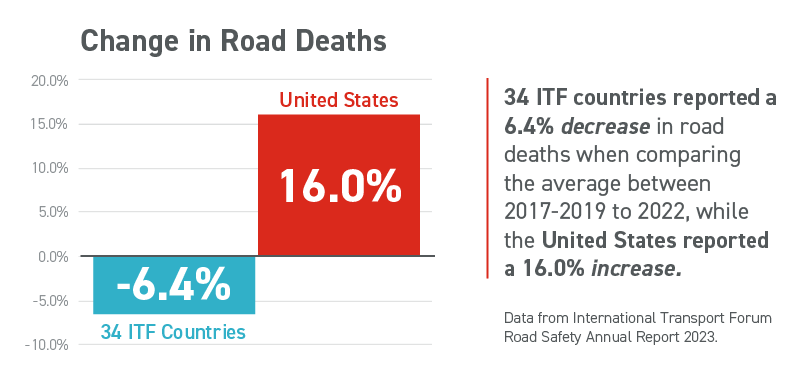
Clearly something needs to change if we are to enjoy the same results from Vision Zero as almost every other country in the world that has adopted this life-saving approach to traffic safety. Commentators have identified increasing vehicle size and weight, endemic levels of distracted driving, and speed as the root causes of the crisis in the U.S. While we agree these are all critical issues to address, we think there are three even more fundamental concerns we need to fix.
1. WE NEED TO STOP BLAMING THE VICTIM.
First, we are still too quick to blame or marginalize the victims of traffic violence while excusing the real culprits. We long ago transferred the burden for traffic safety onto the people outside of cars; onto the communities ripped apart by dangerous arterial roadways; and away from the drivers, land use planners, and traffic engineers who have created the conditions in which more than 40,000 people a year die on our roads.
While some journalists and media outlets have learned to frame the narrative more responsibly, we still encounter victim-blaming crash stories. Stories that blame pedestrians for not using the crosswalk or people on bikes who weren’t wearing a helmet, and now dismissive reports about people being homeless or being out after dark or running for the bus… as if these things somehow lessen the tragedy of death or serious injury.
Those who have the role of telling these stories to the public have the power to shift the public perception on traffic safety. By choosing their words wisely (here is a great toolkit for that), they can help change the narrative.
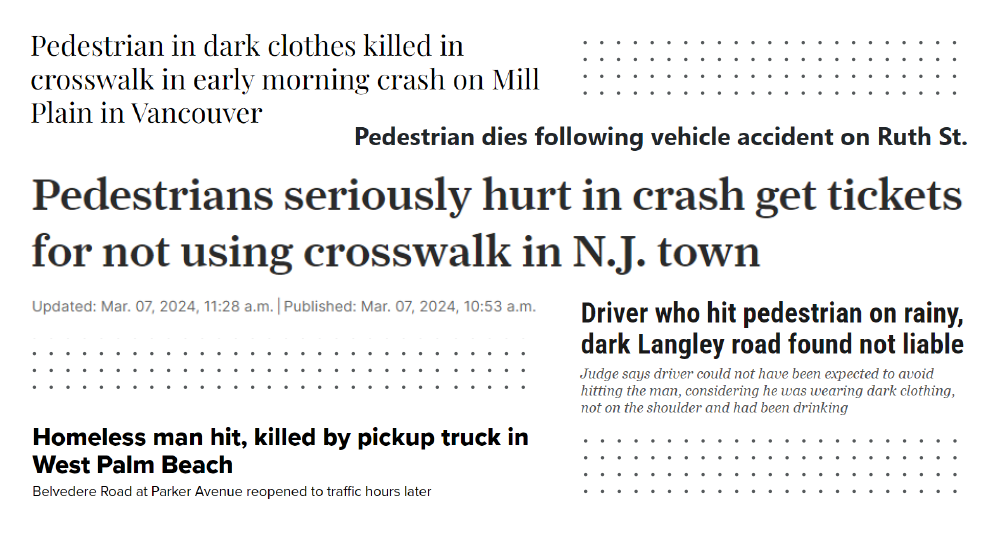
2. We need to use the tools that work.
Second, we need to embrace, adopt, and use the full range of tools in the traffic safety toolbox that have proven to be effective in reducing deaths and serious injuries. Why are we so reluctant to take the bold steps that are needed to achieve our goals? Because these things often slow drivers down, encourage yielding, or reduce the availability of on-street parking.
What works? Lowering speed limits. Installing signalized crossings. Providing sidewalks, crosswalks, and safe bicycle infrastructure. Regulating vehicles and enforcing safer driver behavior.
But these and other potentially life-saving measures often fall foul of federal, state, or local statutes; policies; or a collective failure to act. And we fail to act because we are terrified of a lost parking space, a slightly lower level of service, a few seconds added to a car trip. As a result, traffic violence continues to plague almost every community across the country, and we continue to allow manifestly inequitable levels of pollution, noise, traffic danger, and economic burden to affect the most vulnerable road users and populations.
The newly completed MLK Drive Cycle Track in Atlanta, GA, features safety enhancements that prioritize people biking and walking
3. We Need to Stop Doing harm.
Third, we need to stop doing things we know will ultimately create dangerous conditions. We need to stop widening roads, adding lanes, and allowing right turn on red and permissive left turns. We need to stop building roads with no sidewalks, crosswalks, protected bike lanes, or safe intersections. We need to stop pretending that turning a two-lane road into a five-lane road is a “safety improvement” because we added a sidewalk and a pedestrian signal. Because in reality we are speeding up traffic, increasing pedestrian exposure, lengthening crossing distances, allowing vehicle turns when people may be crossing, and adding slip lanes, all of which we know increases the likelihood of fatal and serious crashes for people on foot, on bike, and accessing transit.
Vision Zero can work. It is working in countries across the globe and in some cities here. But it won’t work if we continue to do what we’ve been doing. The status quo is not the path to zero fatalities. It’s not the way to create safer streets and roads for all.
